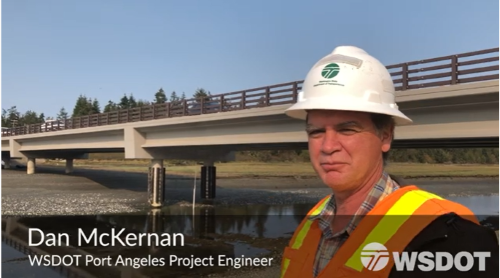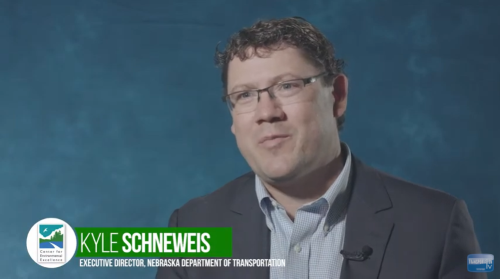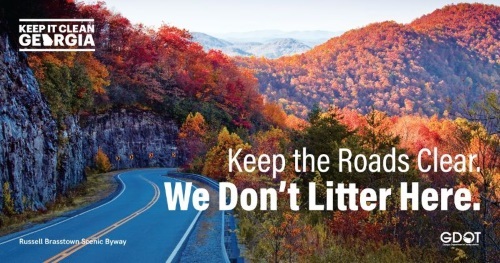A roundup of headlines curated for state transportation environmental professionals
FEDERAL ACTION
AASHTO to Examine Election Impact on Transportation at Annual Meeting – AASHTO Journal
Congressional Policymakers Propose Infrastructure Resilience Review Board – Transport Topics
Alan S. Boyd, Nation’s First Transportation Chief, Dies at 98 – New York Times
House Transportation leader in the race of his life – Politico
On Infrastructure, Trump Touts Regulatory Streamlining, Biden Eyes Clean Energy – Transport Topics
Biden says he would if elected mandate masks in interstate transportation – Reuters
COVID-19
Emissions Exposure May Increase COVID-19 Mortality – Stateline
The Pandemic Kick-Started an Urban Motorcycle Boom. Are Cities Ready? – CityLab
Interim Guidance: Wearing of face masks while on public conveyances and at stations, ports, and similar transportation hubs – Centers for Disease Control
NEPA
The Supreme Court’s Environmental Legacy Was Tarnished Even Before Barrett – Jewish Journal (Commentary)
INFRASTRUCTURE RESILIENCE AND SUSTAINABILITY
A Green Way Forward: Can we lead with nature in addressing NYC’s climate crisis? – Regional Plan Association (Webinar)
Interacting Infrastructure Disruptions Due to Environmental Events and Long‐Term Climate Change – Earth’s Focus
Minnesota Gov. Tim Walz signs $1.9 billion public works bill – Star Tribune
Virginia releases sweeping plan to prepare for sea level rise, increased flooding – Virginian-Pilot
Wildfire shuts down major US transportation corridor, signaling yet more climate disruption – PRI’s Living on Earth
AIR QUALITY
Prosecutions under the Clean Air and Water acts dropped in half after Trump took office – Popular Science
ENVIRONMENTAL JUSTICE
Climate policy, environmental justice, and local air pollution – Brookings Institution
NATURAL RESOURCES
Caltrans Resumes Litter Cleanup on California Highways – Caltrans (Press release)
Iowa finds new tools to control stormwater erosion and sediment at construction sites – Iowa DOT (Blog)
HDOT Harbors Division Announces Award for Critical Improvements Project – Hawaii Department of Transportation (News release)
Georgia Department of Transportation Aims to Combat Litter Statewide with Launch of Keep It Clean Georgia – Georgia DOT (Press release)
HEALTH AND HUMAN ENVIRONMENT/ACTIVE TRANSPORTATION
Process to regulate electric bikes, scooters underway in Colorado Springs – KRDO-TV
Tahoe transportation plan means more trails over 25 years – KCRA-TV
Research Report 669 Transport impacts on wellbeing and liveability – NZ Transport Agency
Reducing Vehicle Miles Traveled, Encouraging Walk Trips, and Facilitating Efficient Trip Chains Through Polycentric Development – University of Utah (Registration required)
Fun, safe transportation: Artist creates active transportation toolkit for WCI – Fergus Falls Daily Journal
Expanded pedestrian area around Town Square to be removed – Jackson Hole News & Guide
CVAG approves nearly $53 million for CV Link construction – KESQ-TV (Coachella Valley)
TRB RESOURCES/ANNOUNCEMENTS
Flight Plan to Recovery: Preparing Airports for the Return of the Traveling Public – TRB (Report)
TRB Offers a Running Start to Transportation’s Next Generation – TRB (Press release)
TRB Webinar: Keep on Truckin’- Using Simulators for CDL Testing During COVID-19 – TRB
Comparing the Promise and Reality of E-Scooters: A Critical Assessment of Equity Improvements and Mode-Shift – Portland State University
FEDERAL REGISTER NOTICES
Off-Road Vehicle Use – Department of the Interior, Bureau of Reclamation (Final rule)
Anchorage Grounds; Atlantic Ocean, Jacksonville, FL – Coast Guard (Final rule)
Agency Information Collection Activities; The National Map Corps (TNMCorps)—Volunteered Geographic Information Project – Geological Survey (Notice of information collection; request for comment)
Center of Excellence for Domestic Maritime Workforce; Notice of Opportunity To Apply for Training and Education Designation – Maritime Administration (Notice)
Vessel Incidental Discharge National Standards of Performance – EPA (Proposed rule)
Security Training for Surface Transportation Employees; Compliance Dates; Amendment – TSA (Final rule)




